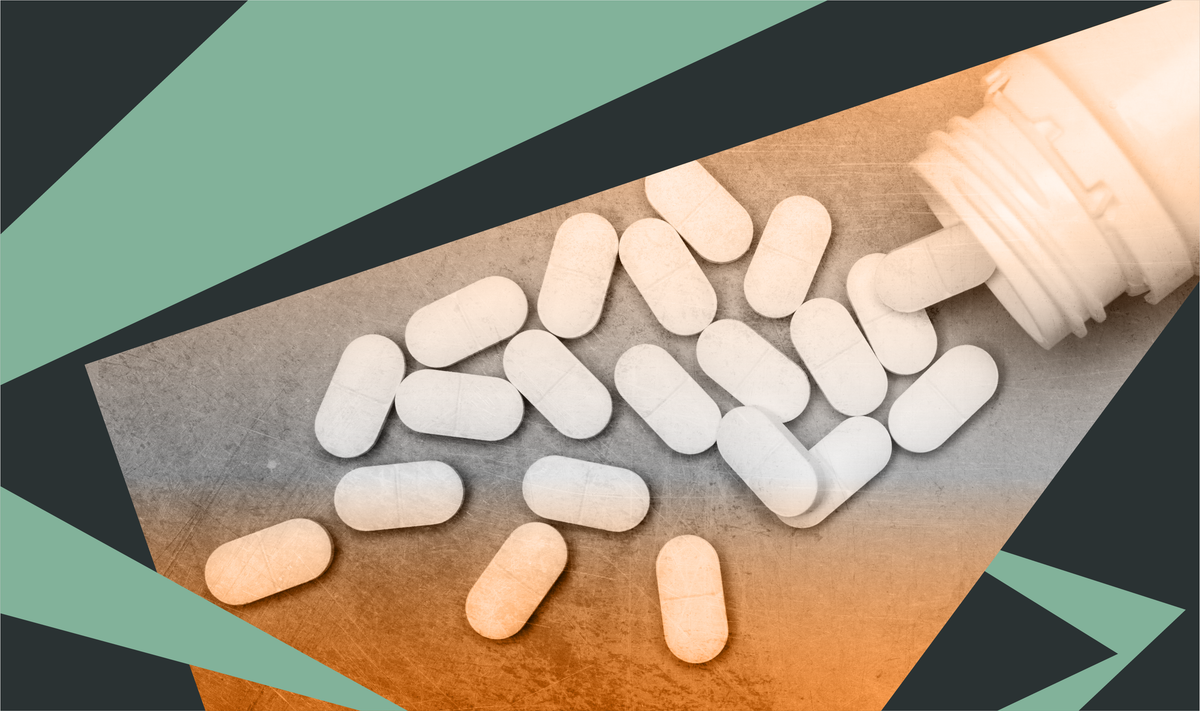Commenters express apathy about heat increasing overdose risk
Posts also voiced fears about a type of synthetic opioids and highlighted Oklahoma harm reduction resources.

Posts also voiced fears about a type of synthetic opioids and highlighted Oklahoma harm reduction resources.
A recent heat wave prompted articles about how high temperatures can increase the risk of overdose. In response, some social media users expressed disbelief and shared stigmatizing attitudes toward people who use drugs. Plus, a report about increasing use of nitazenes—a class of synthetic opioids—in Oklahoma led to mixed messages about when naloxone is effective.
In light of these discussions, communicators may explain how heat increases overdose risk and share information about nitazenes and naloxone.

Insights brought to you by the reporters and science writers of Public Good News (PGN), a nonprofit newsroom dedicated to improving community health.
What’s trending nationally in conversations about substance use
In late June, articles reported that a heat wave in Chicago was linked to a spike in opioid overdoses. In response, most social media users expressed apathy, and some expressed stigmatizing attitudes toward people who use drugs. One suggested that experts are “blaming the heat for peoples [sic] decision to do drugs.”
A new report from the Oklahoma Bureau of Narcotics warned about the increasing presence of nitazenes, potent synthetic opioids that increase the risk of overdose, in the street drug supply. Some articles about the report misleadingly suggested that naloxone may not be able to reverse a nitazene overdose, but naloxone is effective against nitazenes and all opioids. However, multiple doses of naloxone may be needed due to their potency. Social media users across platforms discussed the report, with many sharing stigmatizing attitudes toward people who use drugs. Some expressed fear that there is another dangerous drug to worry about. A few stated that naloxone is effective against nitazenes and shared information about an Oklahoma harm reduction campaign.

Recommendations brought to you by the health communication experts behind Infodemiology.com.
Recommendations for public health professionals
Each week, the Infodemiology.com team will provide messaging recommendations in response to some of the trending narratives outlined above. These helpful tips can be used when creating content, updating web and FAQ pages, and developing strategy for messaging about opioids.
As summer continues, with more heat waves expected, communicators may explain that high temperatures can intensify the effects of some drugs, which makes overdoses more likely. Plus, certain drugs—including opioids, stimulants, MDMA, and alcohol—can increase the risk of heat-related illness, which can be deadly. Communicators may also want to share tips for safer drug use in hot weather, outline the signs of an opioid overdose, and share information about local harm reduction programs.
Conversations about nitazenes provide an opportunity to explain that these extremely potent opioids may be more commonly found in the street drug supply due to crackdowns on fentanyl and may be unknowingly mixed with other drugs. Messaging may emphasize that naloxone is effective at reversing an overdose from opioids, including nitazenes; however, multiple doses may be needed. Communicators may note that naloxone should be administered any time an overdose is suspected, even if you’re not sure if the person is overdosing on opioids, and that bystanders should always call 911. If you administer naloxone and overdose signs do not resolve, give additional doses every two to three minutes until the person begins to breathe normally or until medical help arrives. Messaging may explain that naloxone is available for free through many harm reduction programs. It’s also available without a prescription at pharmacies and at some grocery and convenience stores. Explaining how to use naloxone and sharing information about any local naloxone trainings is recommended.
